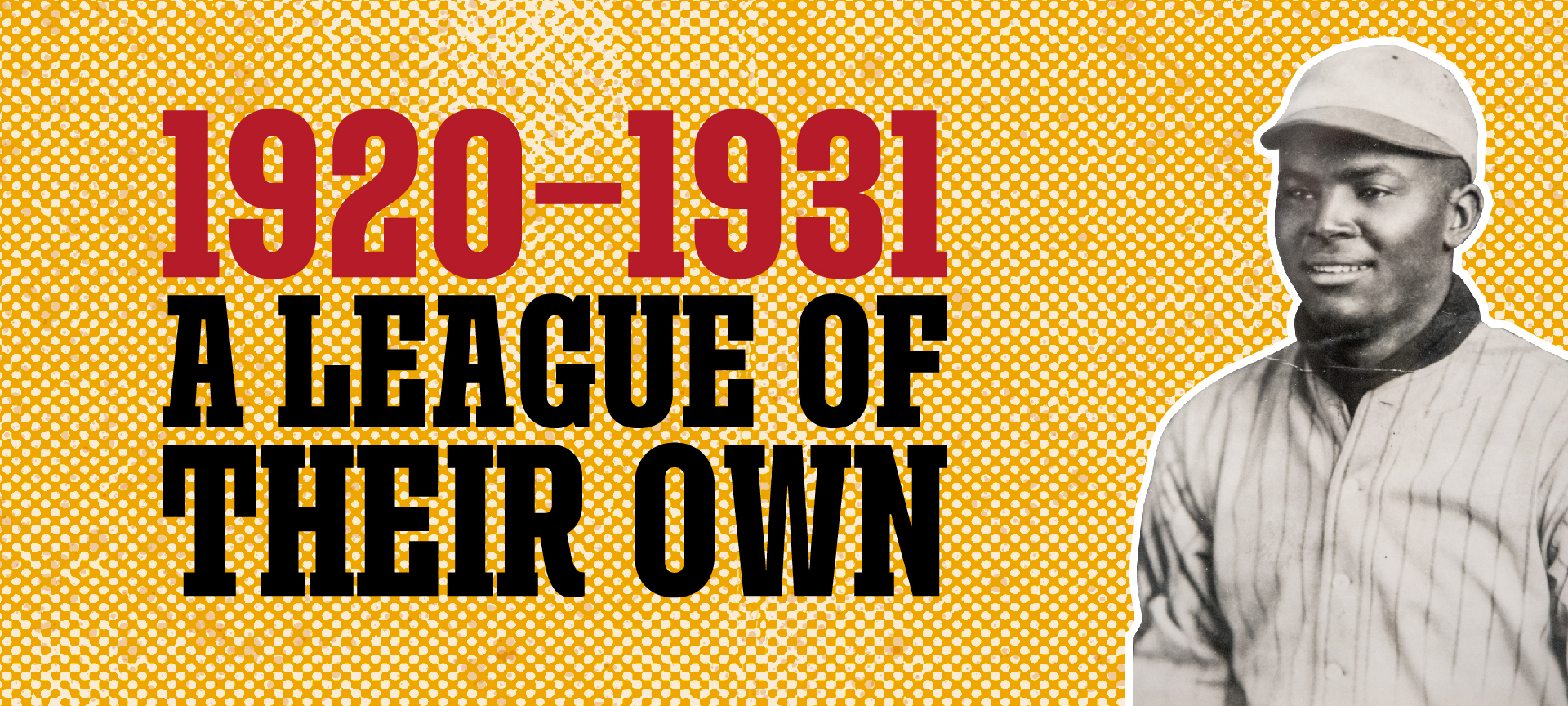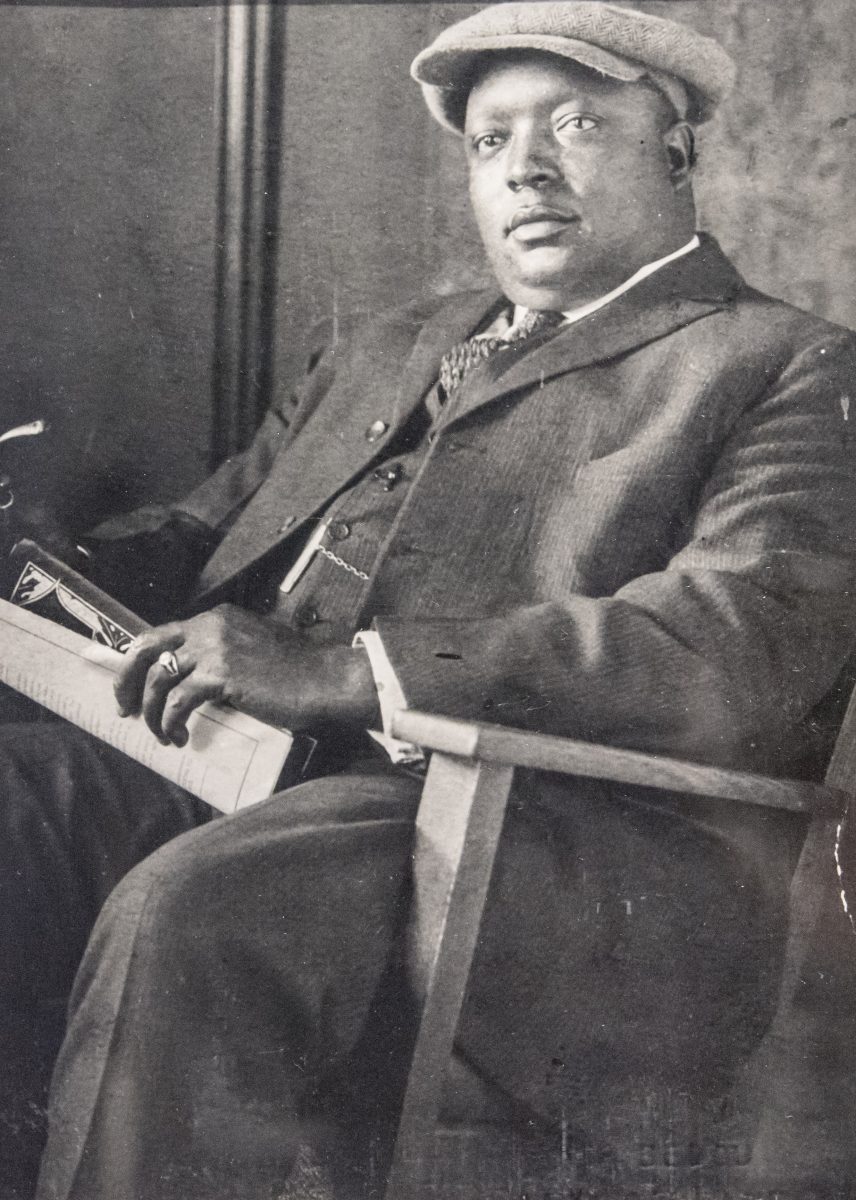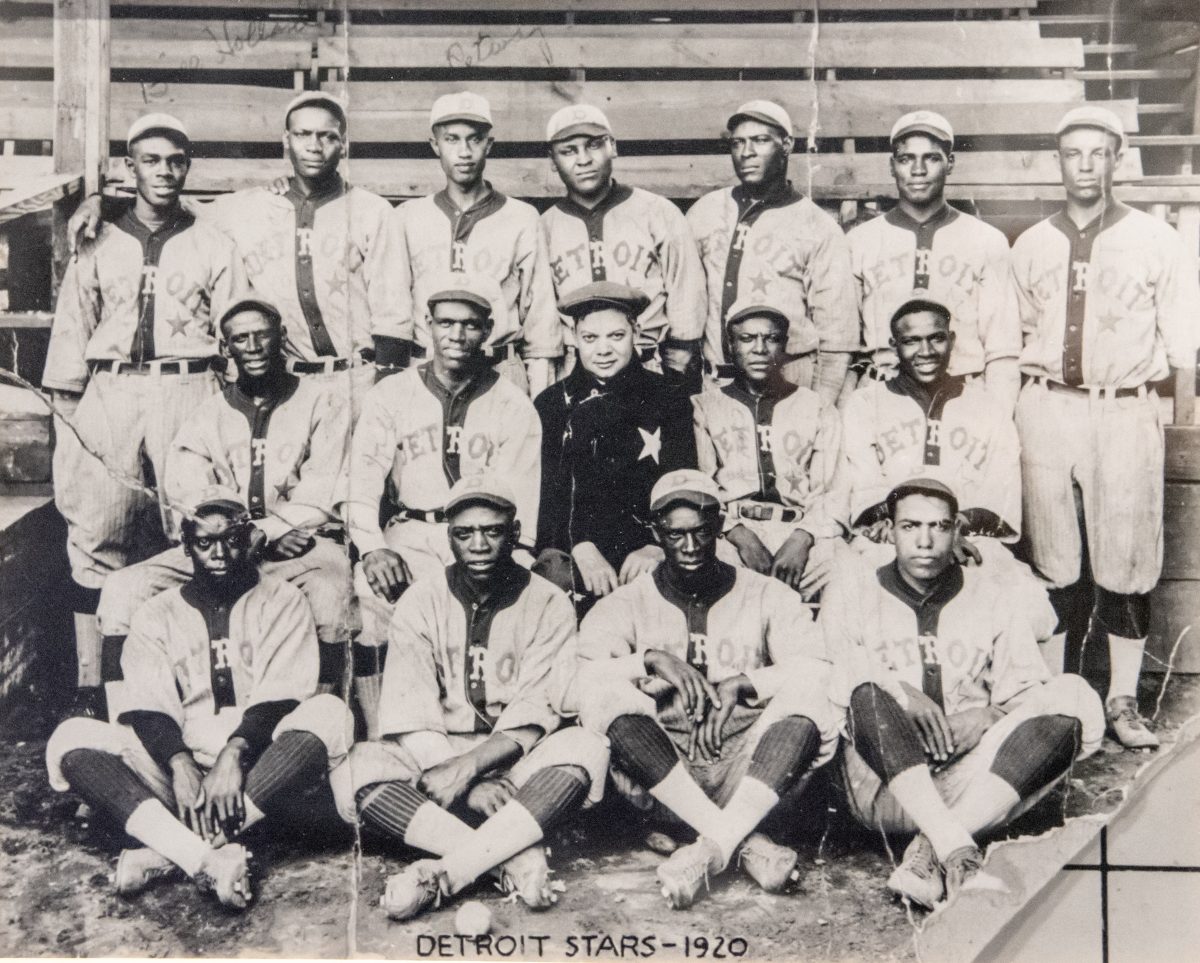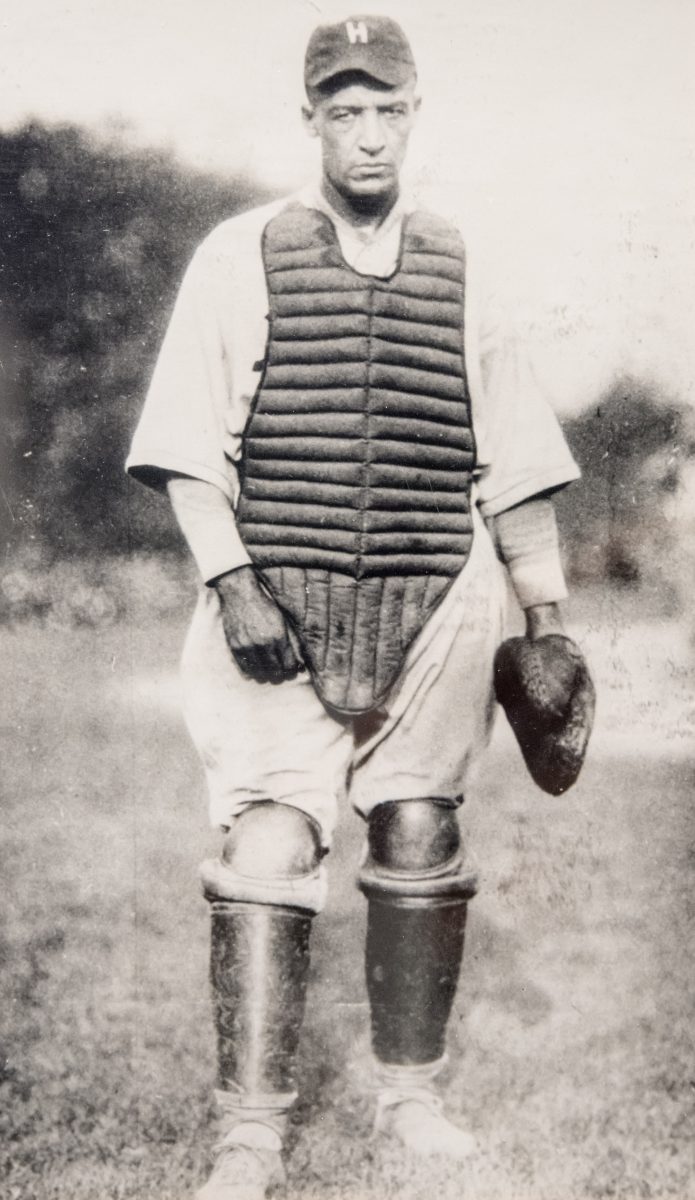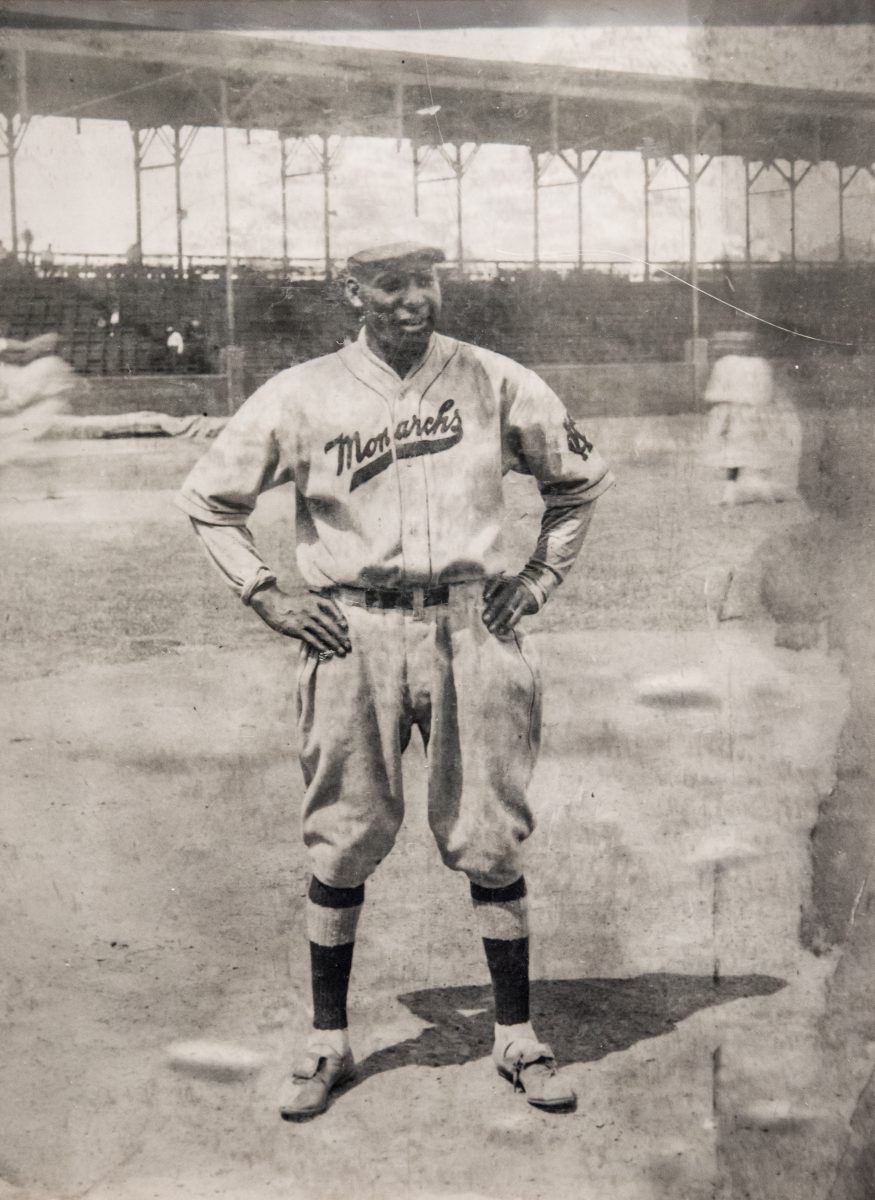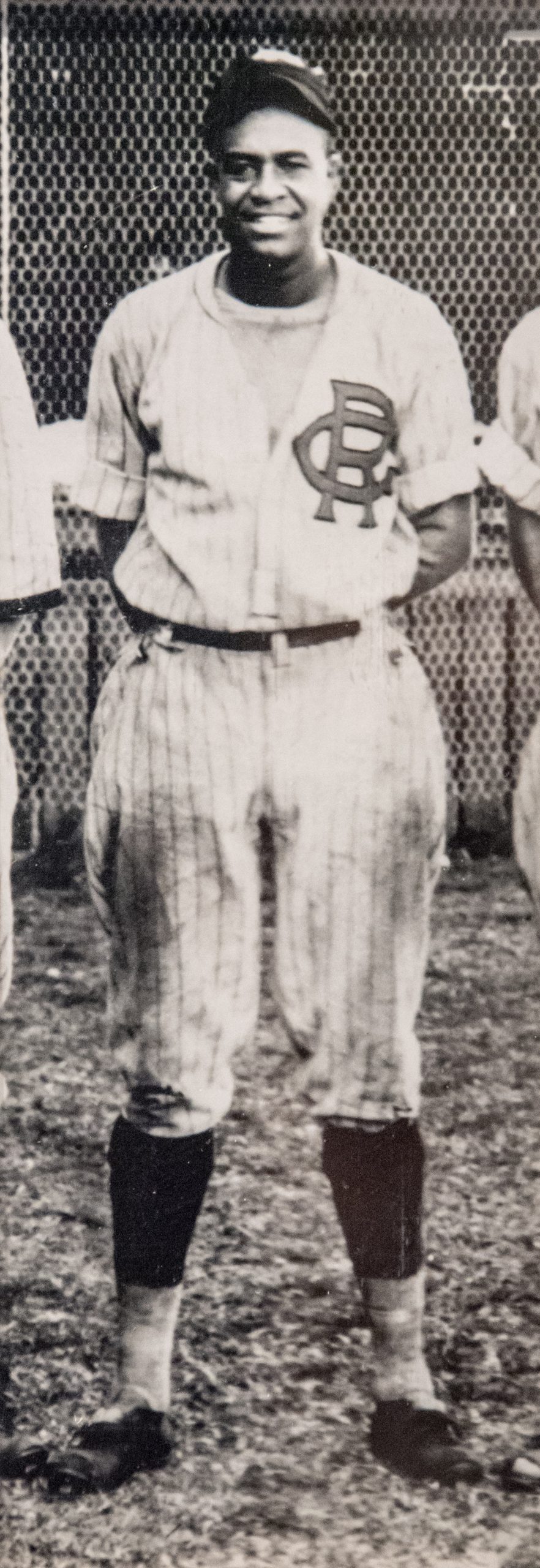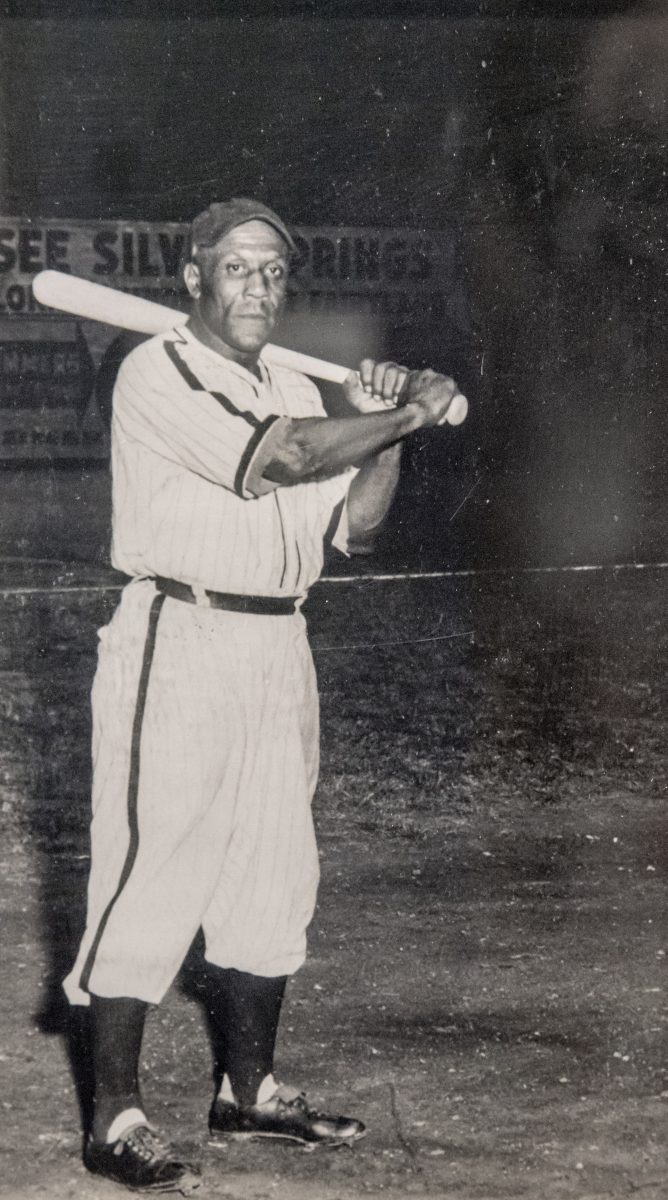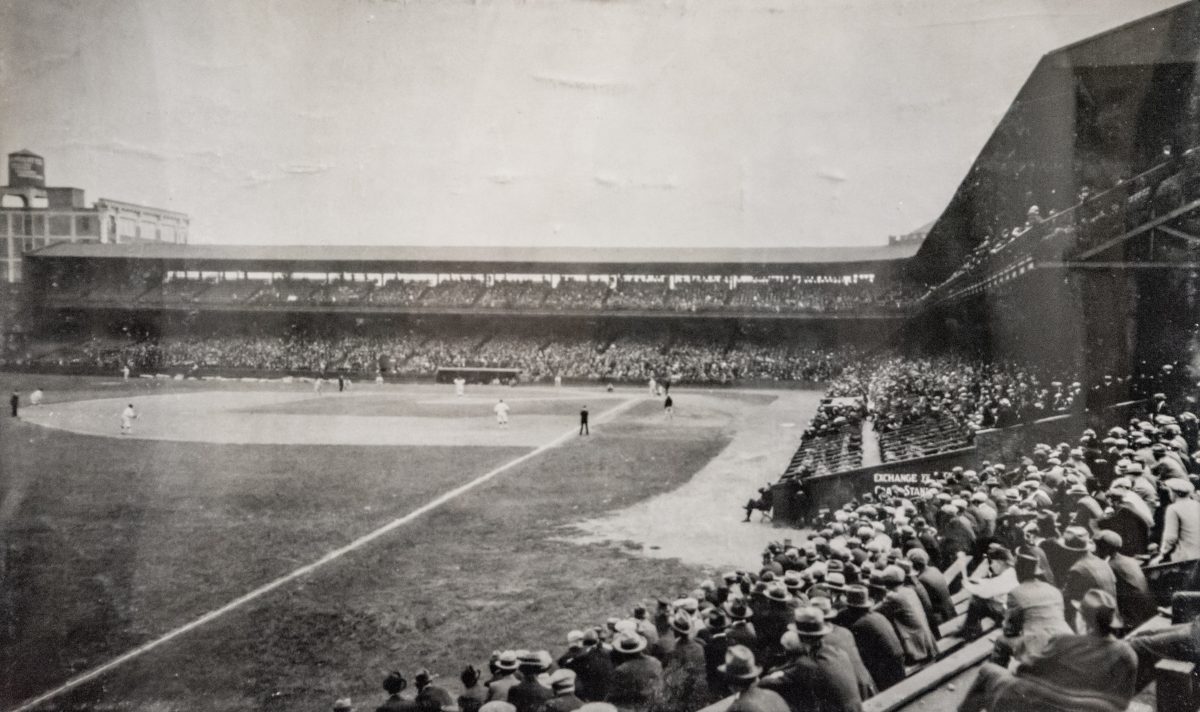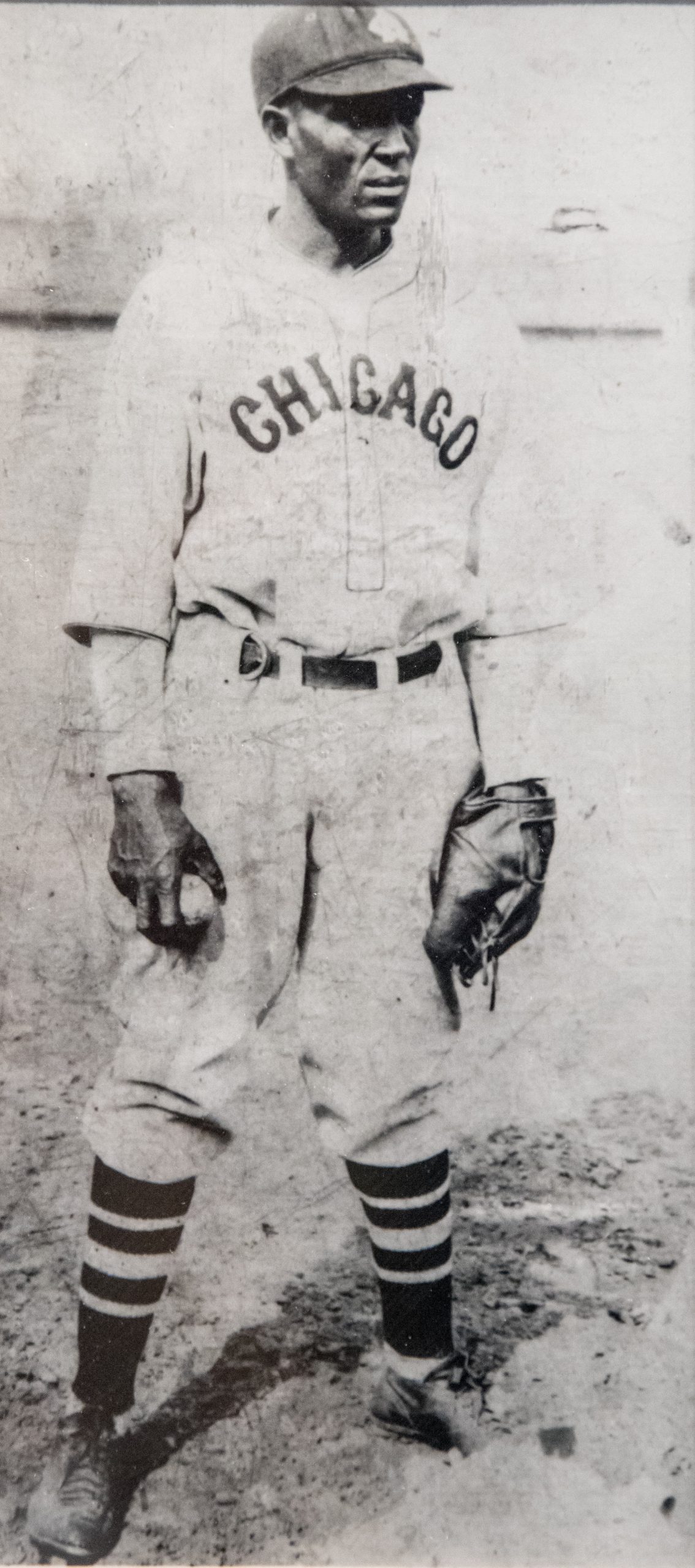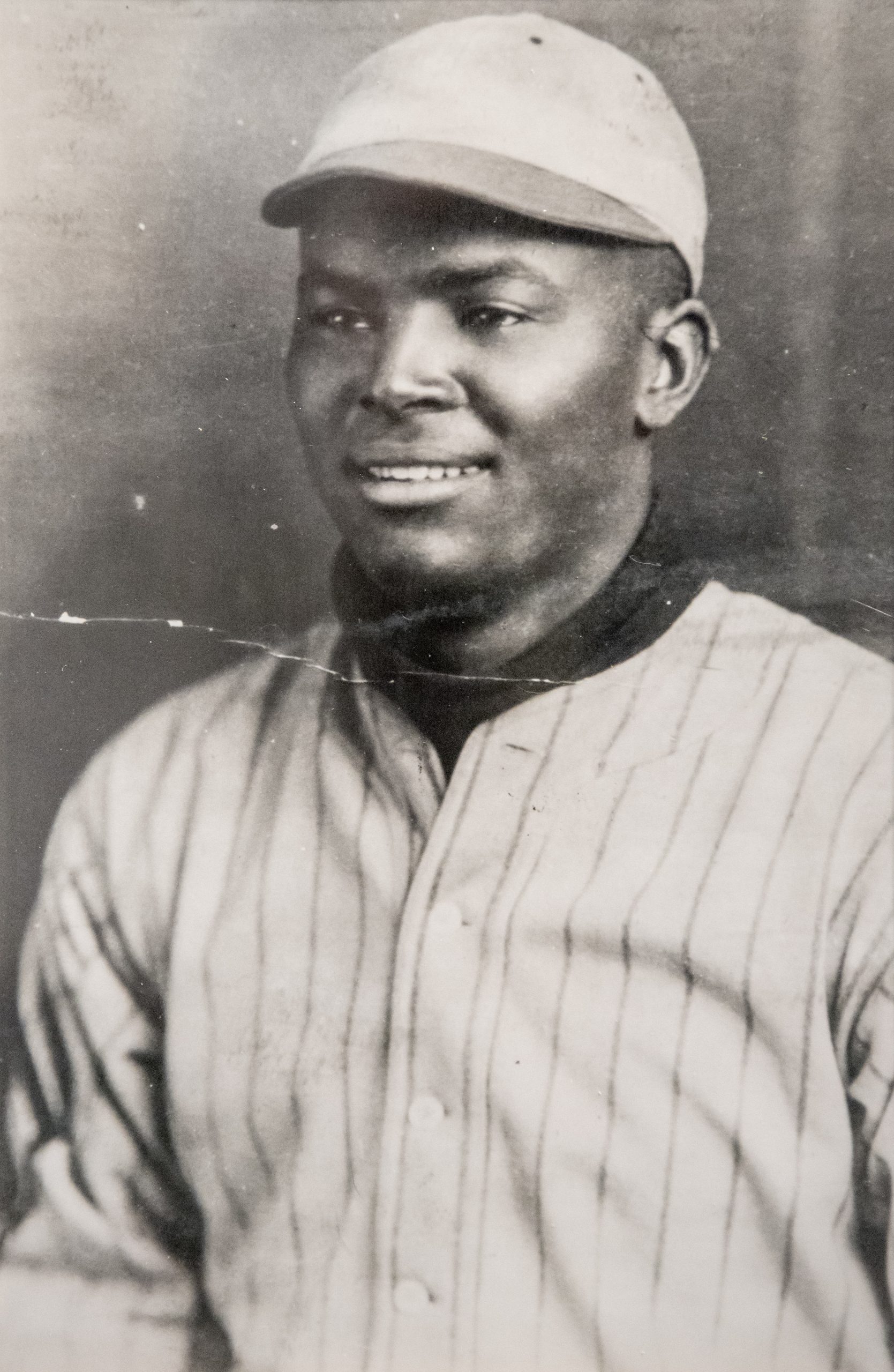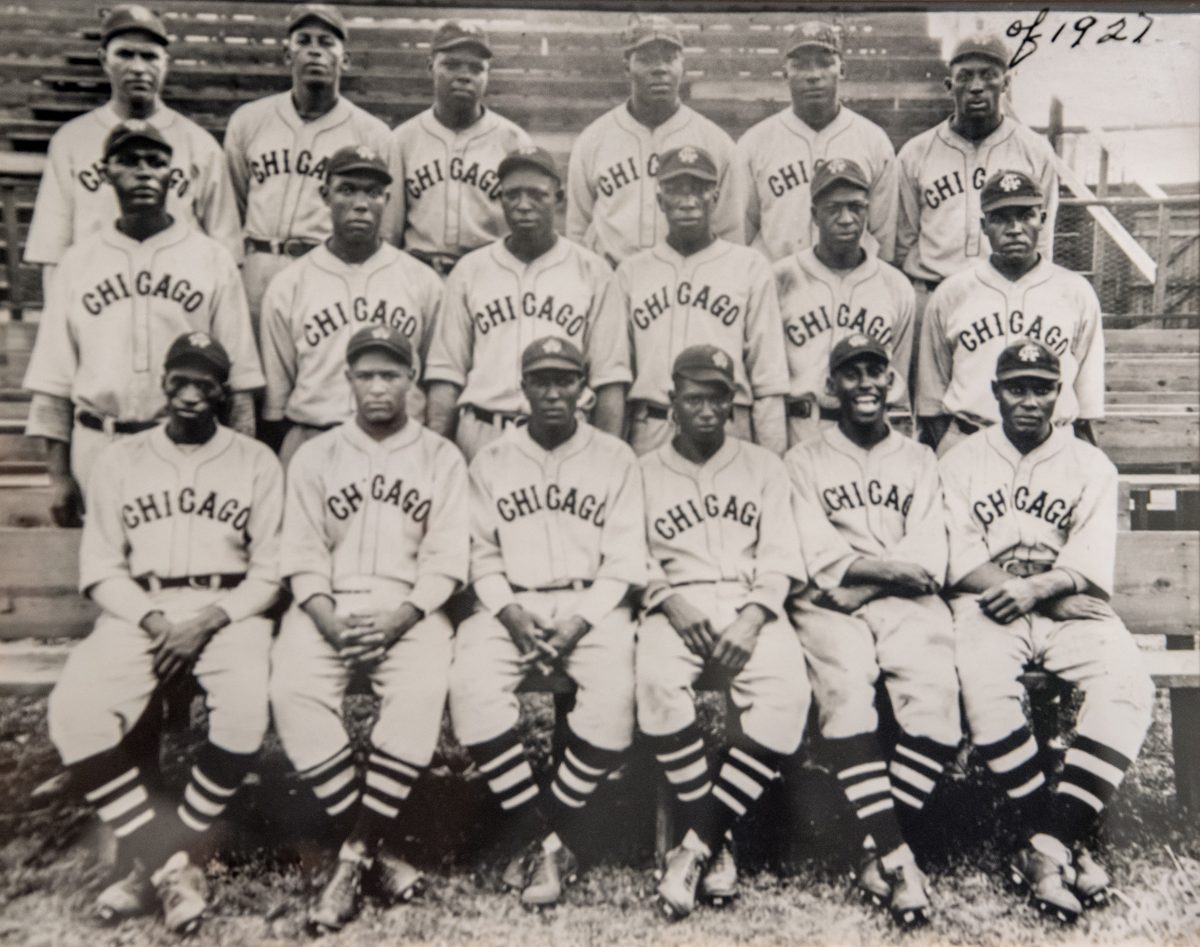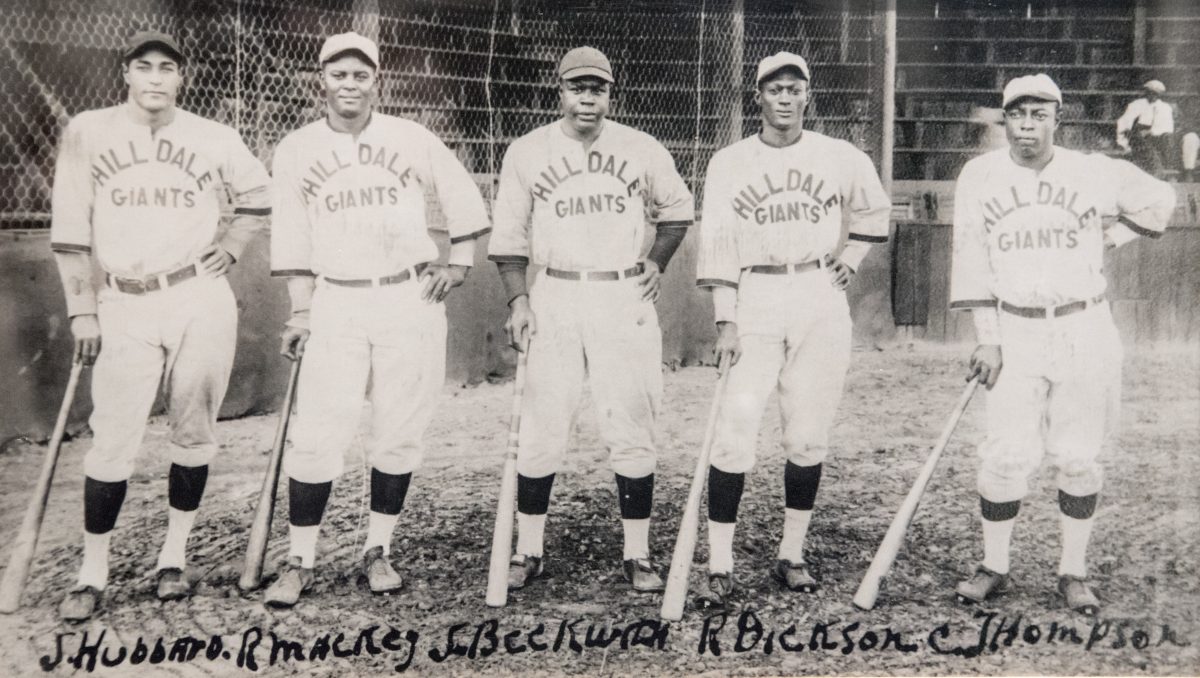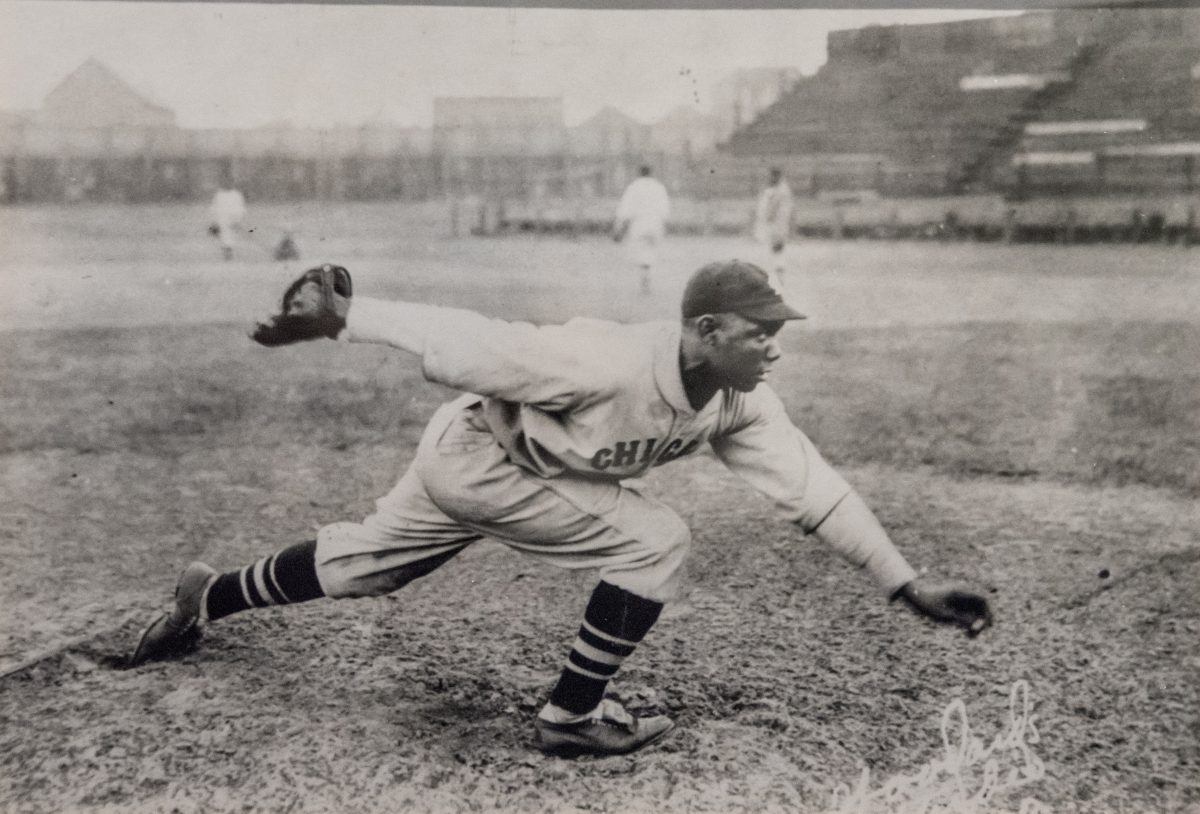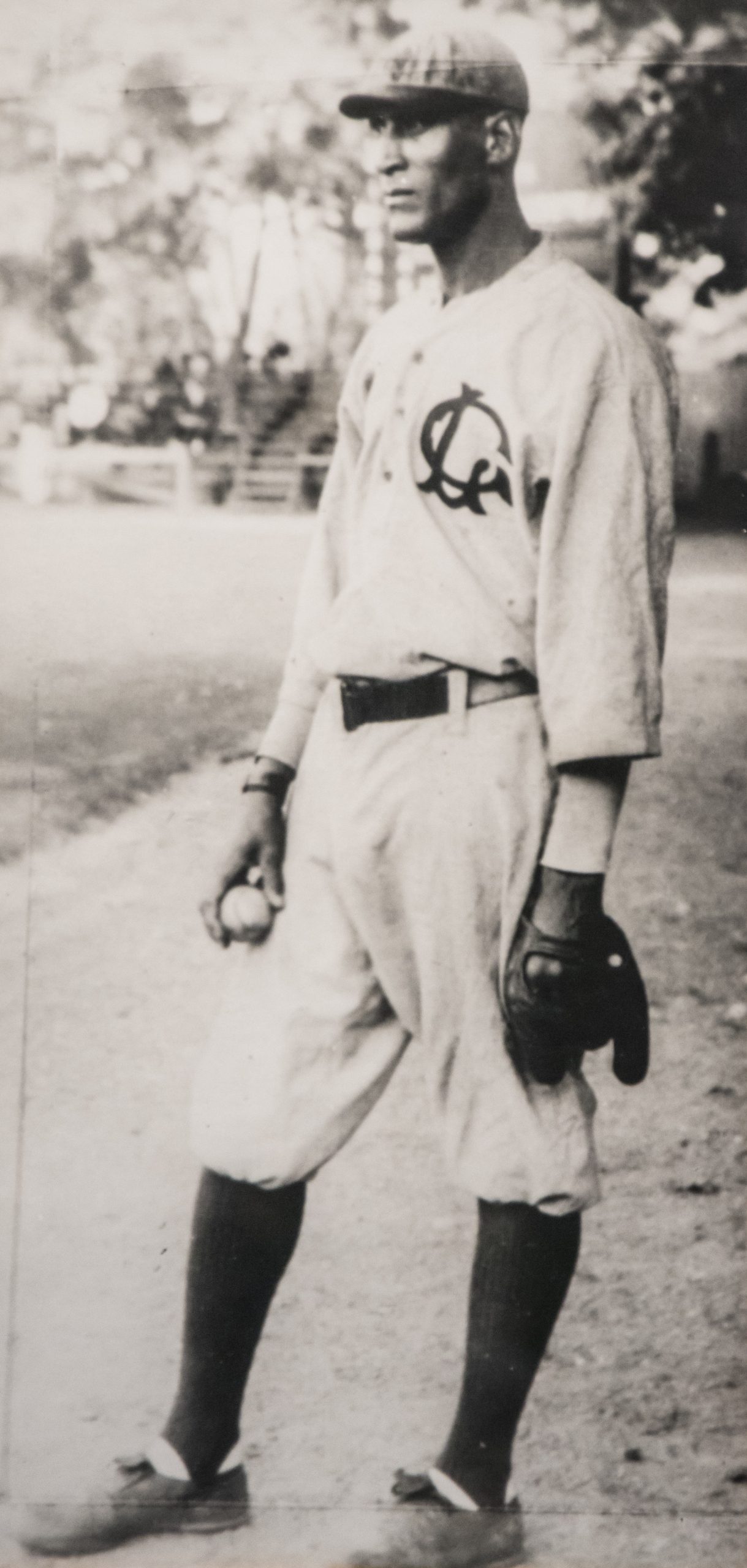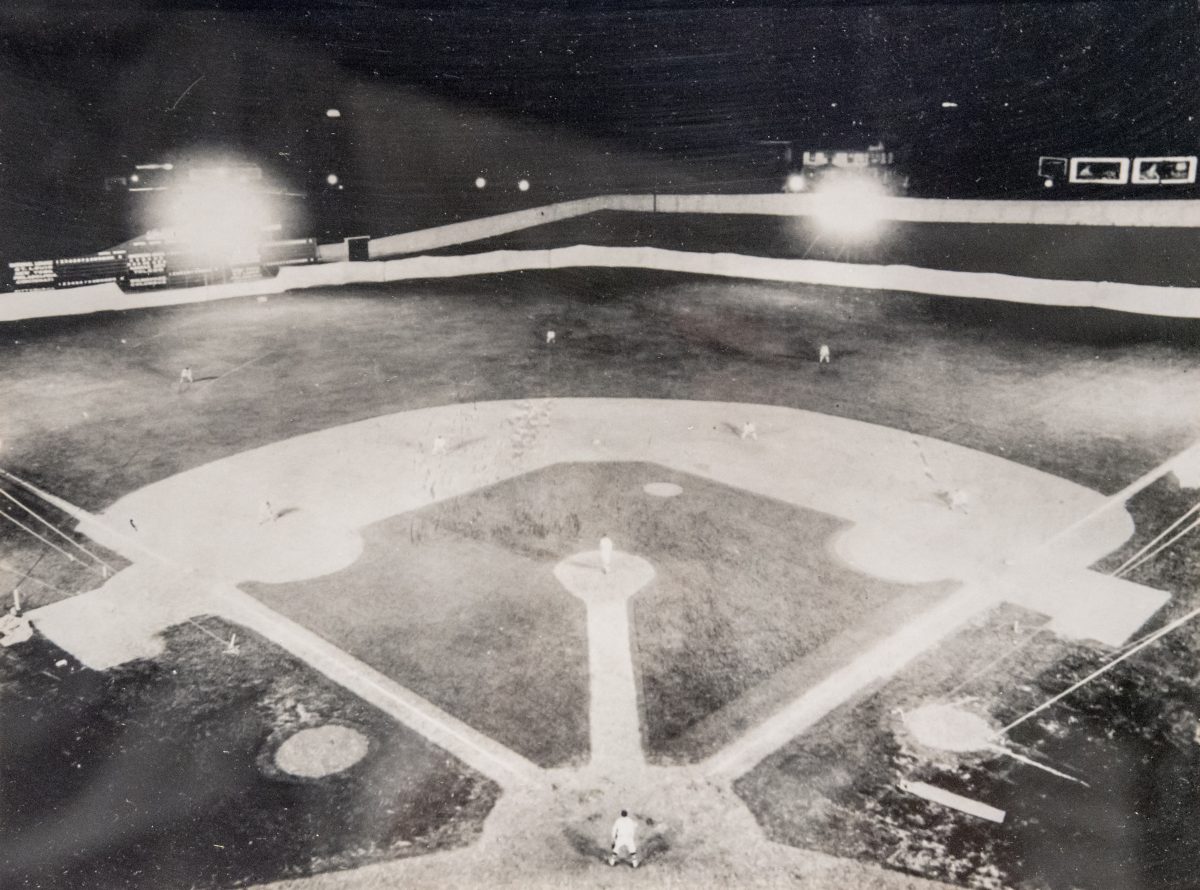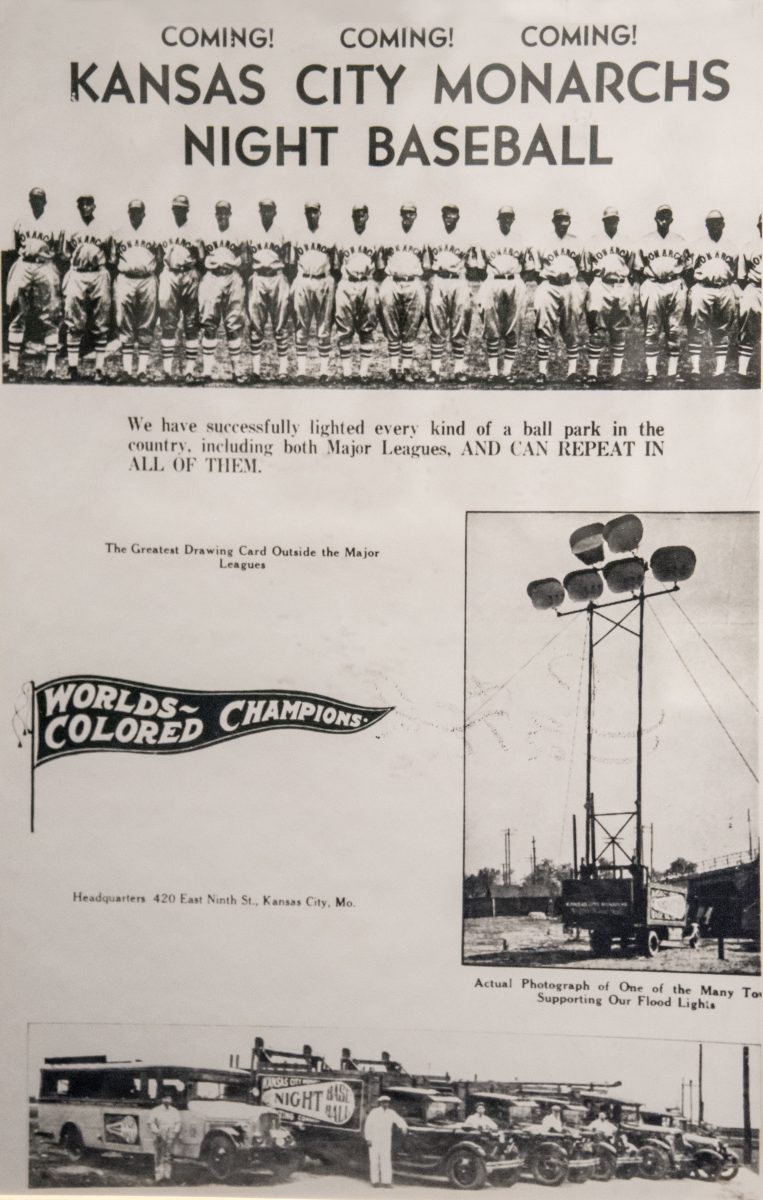Discover Greatness: Part 3
1920 — Negro National League is formed by Andrew “Rube” Foster at the Paseo YMCA in Kansas City, Missouri. Chicago American Giants win first pennant. Beginning of organized Black baseball.
1921 — Judge Kenesaw Mountain Landis becomes first commissioner of Major League Baseball. During the decade, he will ban interracial play during off-season to avoid embarrassing losses to Black players.
1923 — Eastern Colored League is established in Philadelphia, Pennsylvania. Hilldale Giants win first pennant.
1924 — Kansas City Monarchs beat Hilldale Giants in first annual “Colored World Series.”
1927 — Philadelphia Royal Giants tour Asia, becoming the first professional American team to visit Japan.
1928 — Eastern Colored League collapses due to financial difficulties.
1929 — American Negro League established but survives only one season due to Great Depression.
1930 — Negro Leagues founder Rube Foster dies. Night baseball makes its debut in Enid, Oklahoma.



Opening Day, 1924 World Series
This is opening day of the first Colored World Series between the Kansas City Monarchs and the Hilldales from Darby, Pennsylvania, the home of Connie Mack’s Philadelphia A’s. Shibe Park was the first concrete- and steel-structured stadium built.
Bob Kendrick, President of the Negro Leagues Baseball Museum, on the popularity of the Negro Leagues
Continue exploring the exhibit

